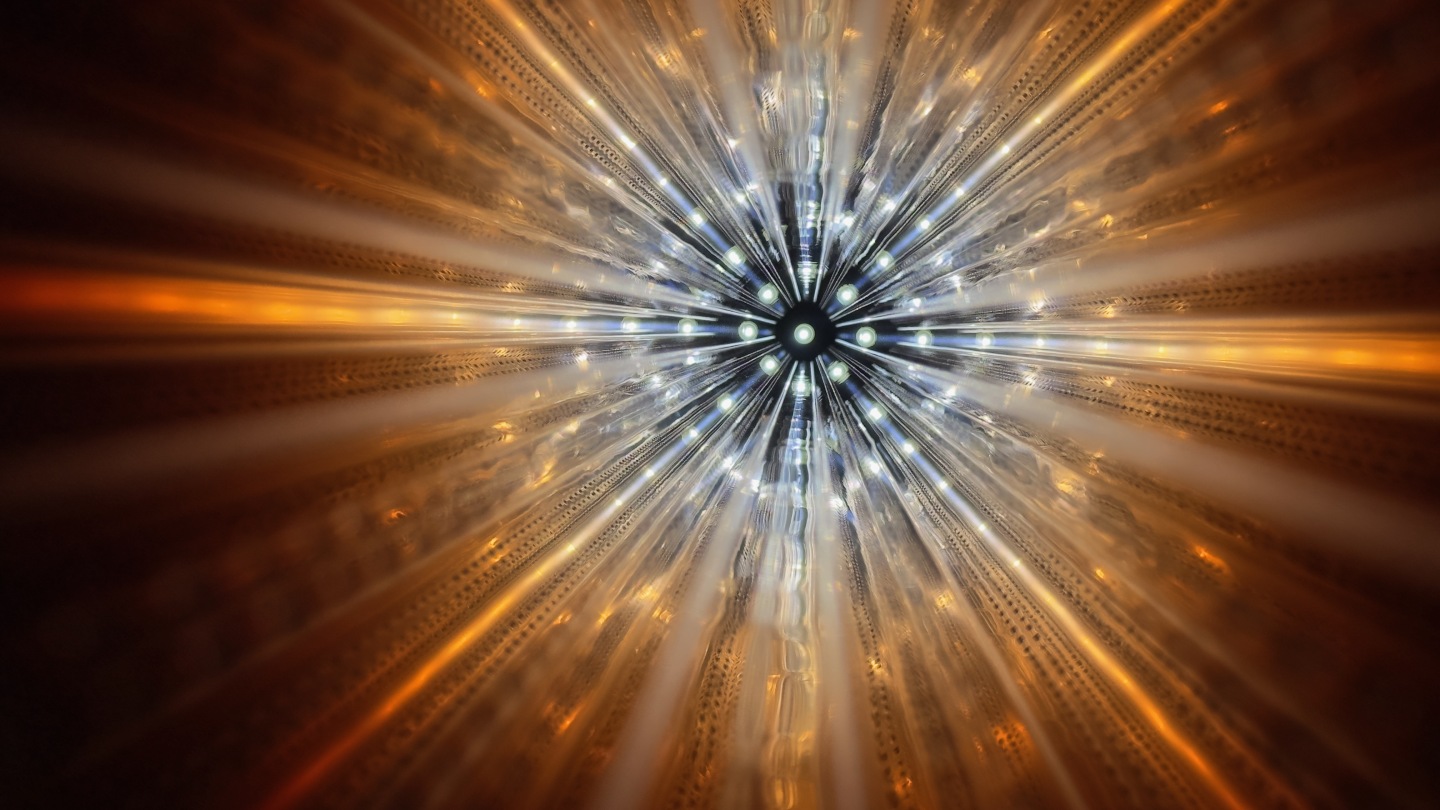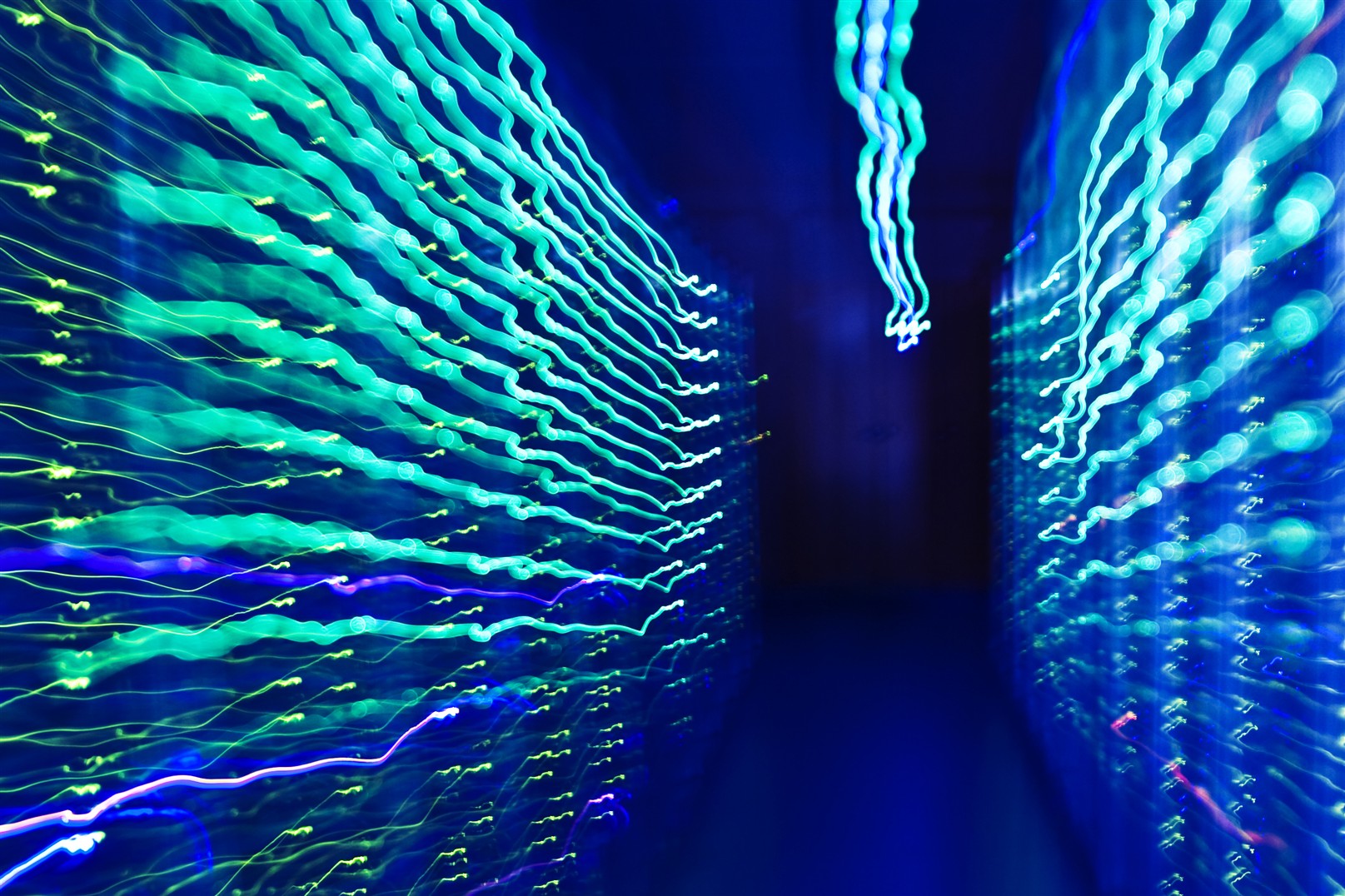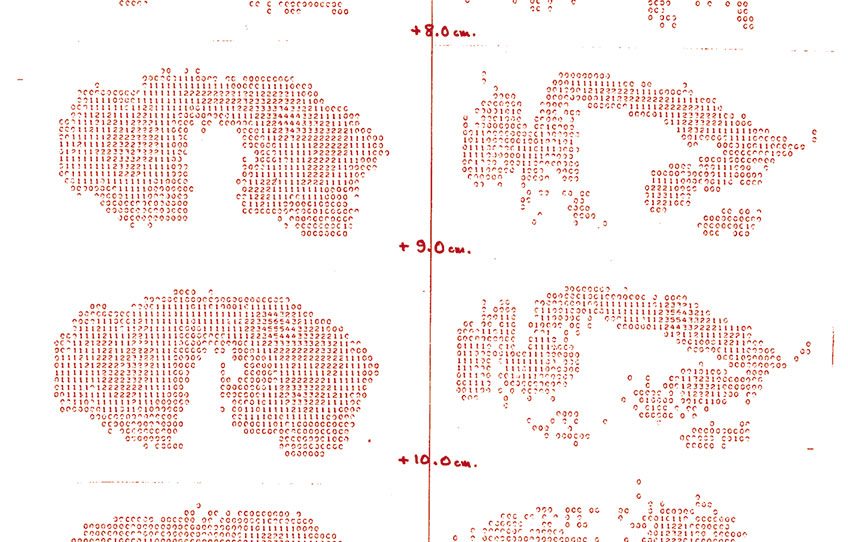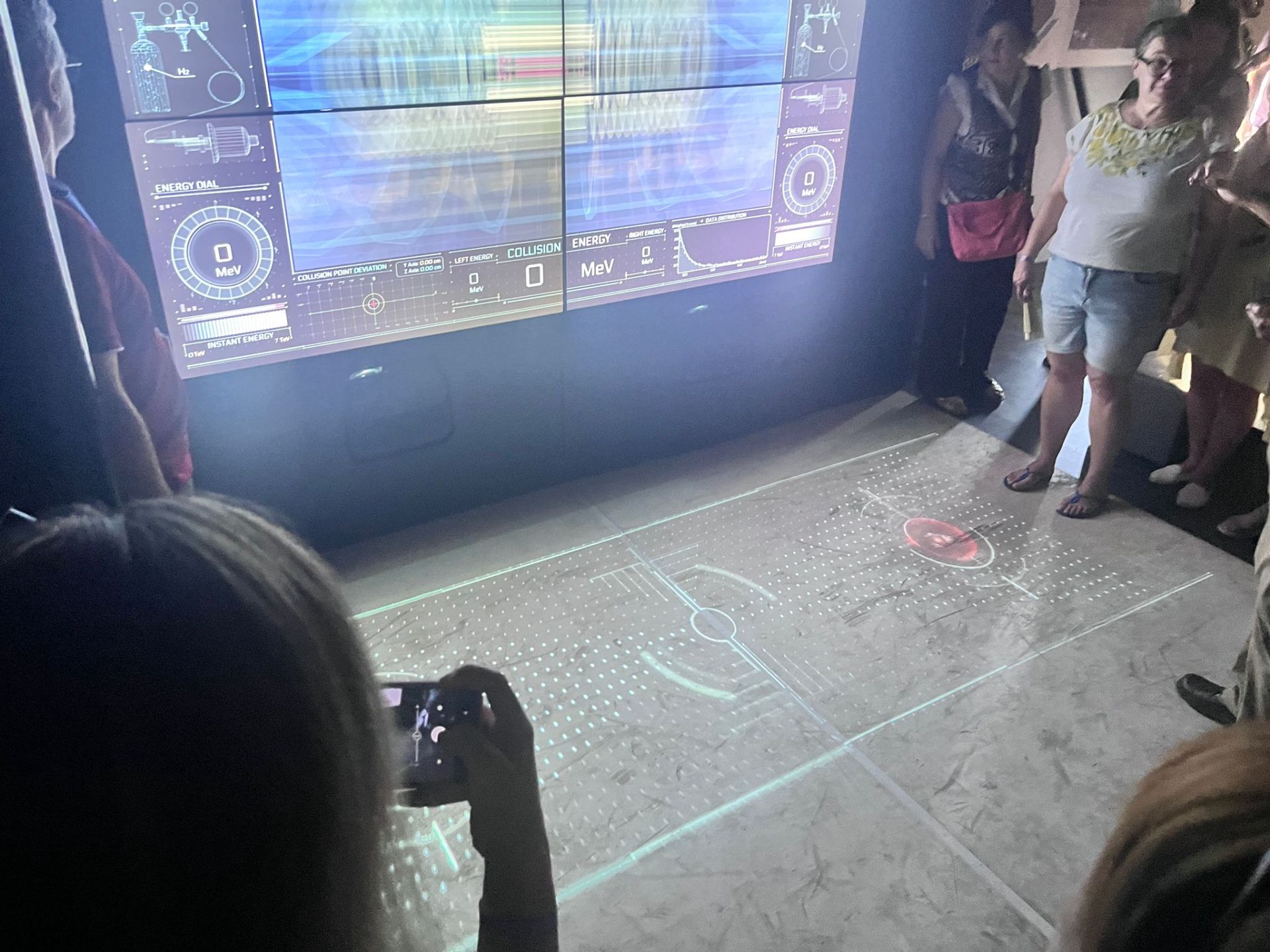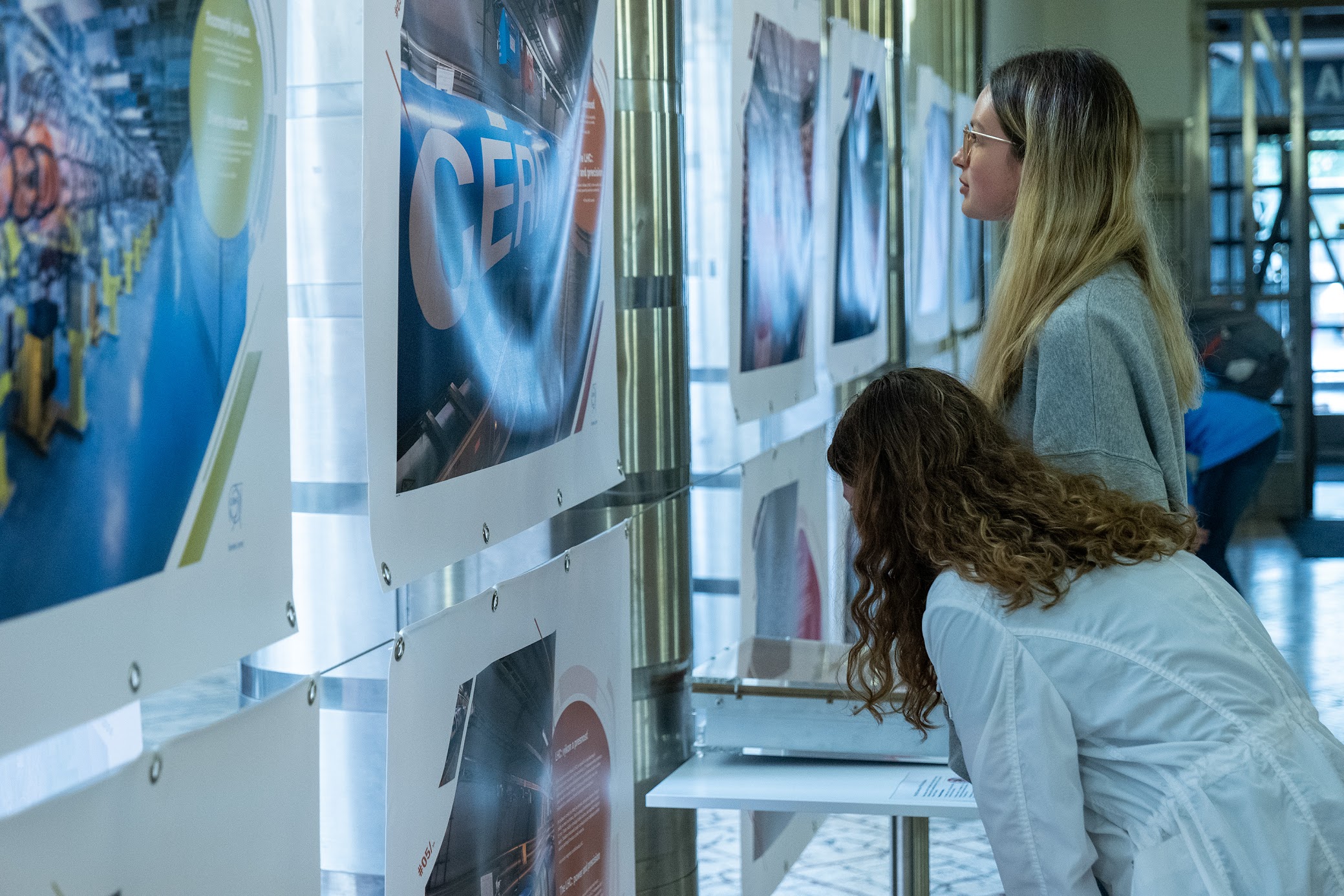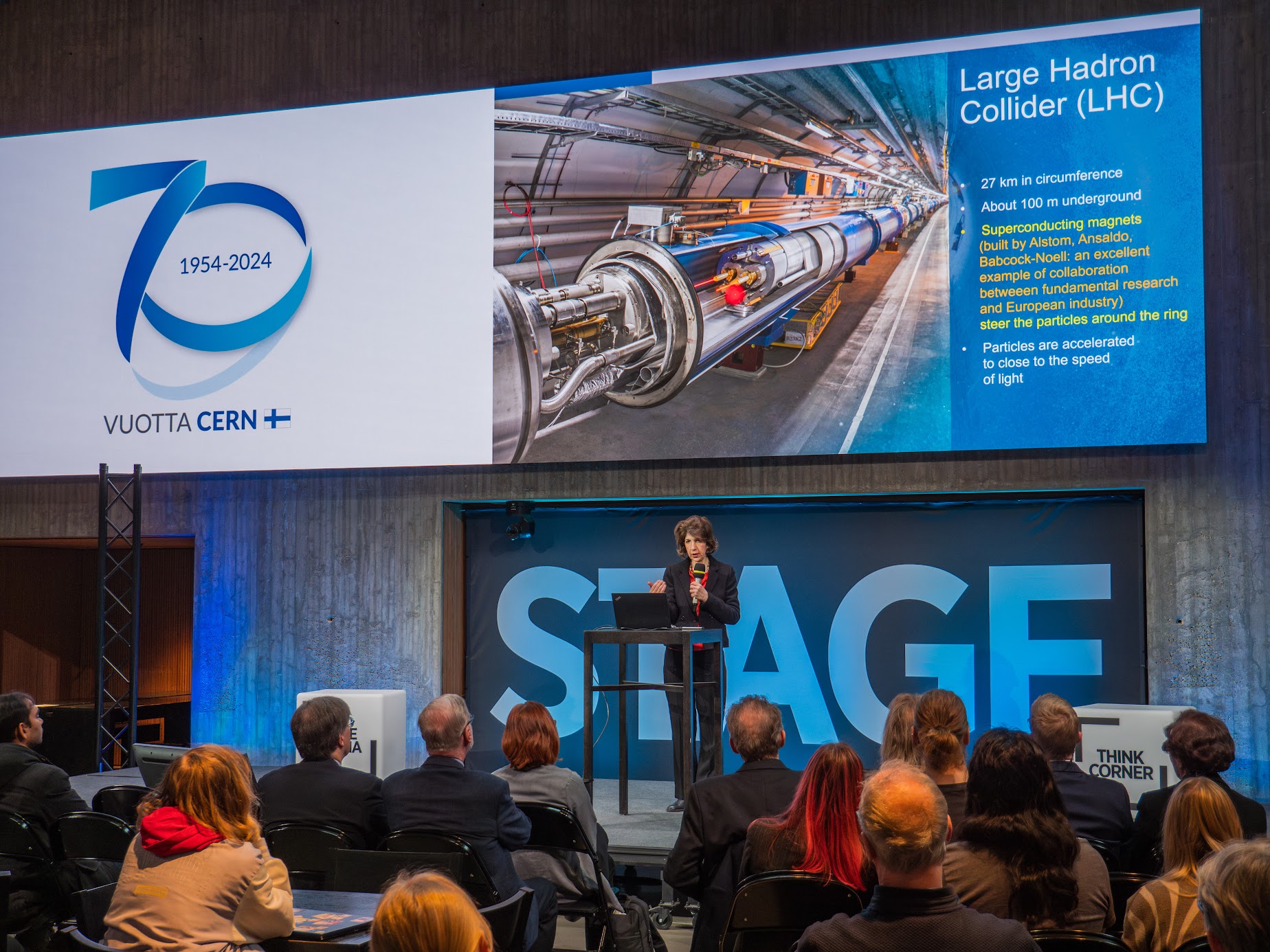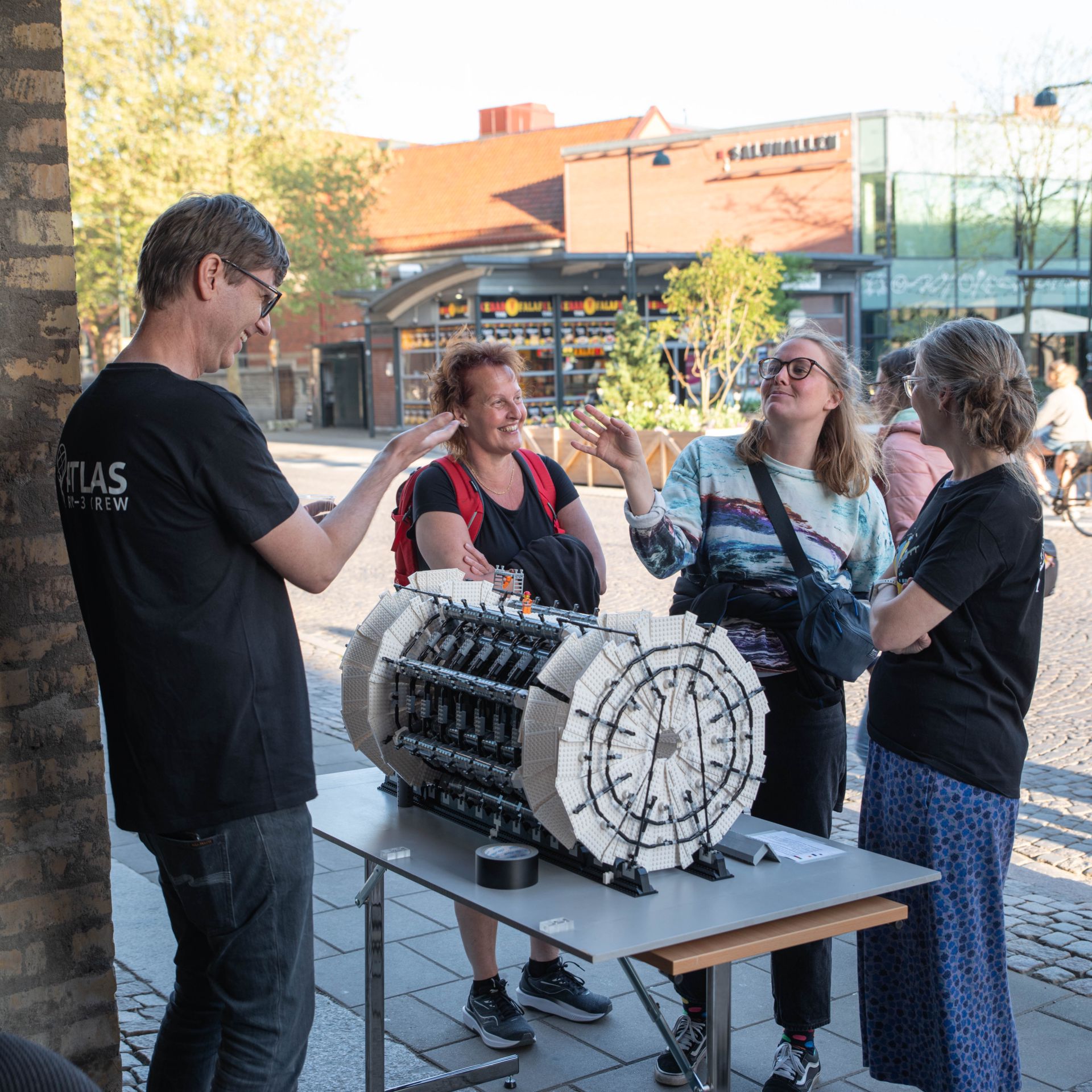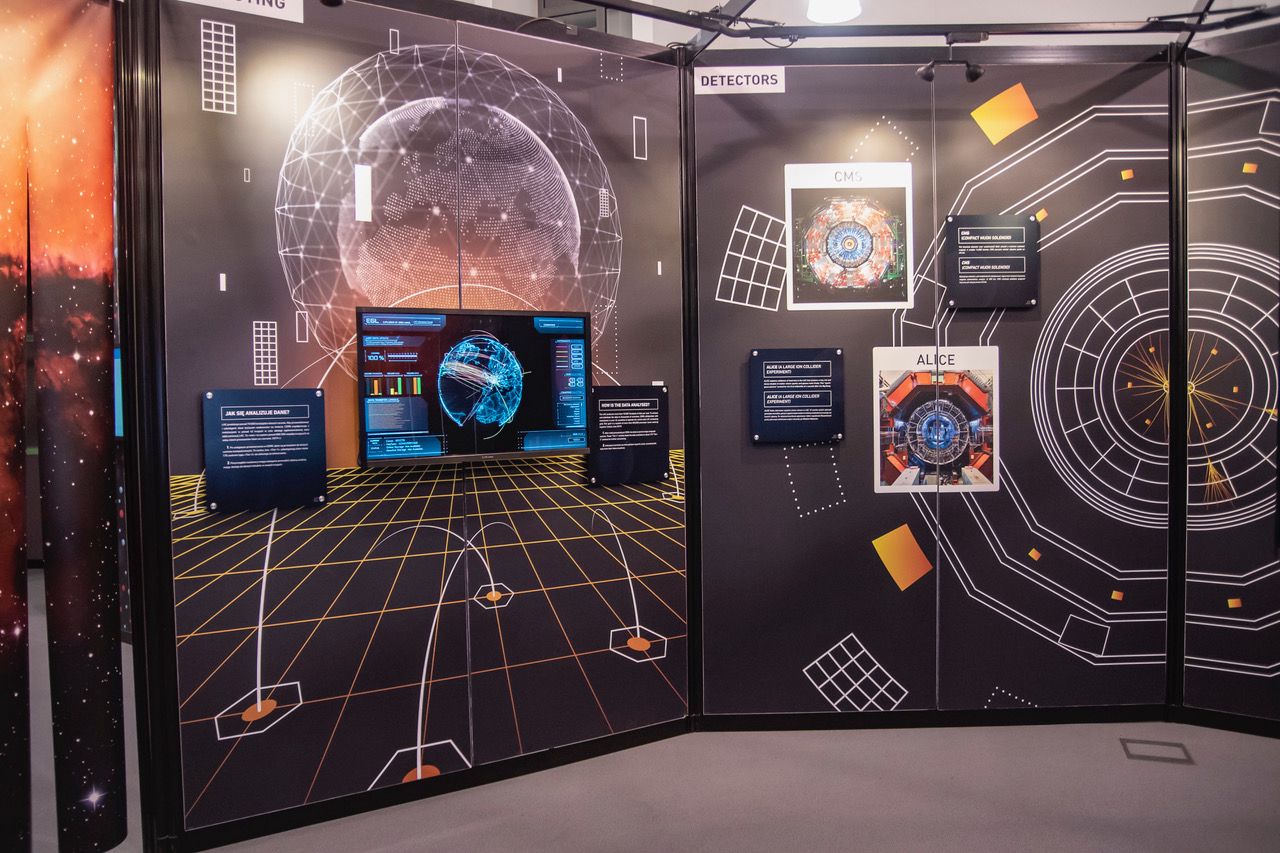Lidia Dragu
-
Preparing for the future
Advancements in fundamental knowledge have always been driven by a dialogue between theory and experiment. Theory sometimes opens up new avenues of exploration, which experimentalists then venture into and either validate them or, on the contrary, find a new direction for their research. Experimentalists sometimes produce a completely unexpected result that requires an explanation, a
-
Continuing CERN’s legacy of open science
The values of open science have always been at the heart of CERN’s mission, ever since the Organization’s inception. The CERN Convention, signed at UNESCO in 1953, states that “the results of [CERN]’s experimental and theoretical work shall be published or otherwise made generally available.” Empowered by this early mandate, the research community at CERN has
-
From physics to medicine
Technology developed at CERN for accelerators and detectors has found many uses in areas beyond the field of particle physics, not least in medicine, where there are applications in both the diagnosis and treatment of disease. Researchers at CERN have been contributing to medical research for nearly six decades, ever since radiobiology experiments began in
-
CERN–Ukraine 2024: Past – Present – Future
On 28 and 29 May 2024, the international conference “CERN–Ukraine 2024: Past – Present – Future” was held in Kyiv, attended by 93 people (most of whom participated online). A total of 39 presentations were given in six sections by leading Ukrainian scientists involved in high-energy physics projects at CERN. The scientific institutions and universities
-
Premises of Ellinogermaniki School, Athens
Two groups of around 35 Erasmus teachers from the ESIA (European School Innovation Academy) Summer School had the opportunity to visit the captivating CERN exhibition at Ellinogermaniki Agogi. The exhibition showcased the 70th anniversary posters, along with an impressive full-scale installation of the LHC football, offering an immersive glimpse into CERN’s groundbreaking work. The visit
-
CERN pavilion at the annual Thessaloniki International Fair 2024
On Saturday, 7 September, the 2024 Thessaloniki International Fair was officially inaugurated by the Greek Prime Minister. In Pavilion 17 (Academia), where most universities had their exhibitions, CERN had its own dedicated space, as seen in the attached photos. The exhibit featured a captivating dark room showcasing videos and lightboxes displaying the 70th anniversary posters,
-
70 Years of CERN – Inspiration for the Future in Slovakia
The exhibition and lecture series, 70 Years of CERN – Inspiration for the Future, organised by the Committee for Cooperation between the Slovak Republic and CERN, targeted secondary school students and the general public. It took place in Bratislava on 10 and 11 June and in Košice from 19 to 21 June. The exhibition featured
-
Shedding light on the nature of matter and the Universe – CERN70 in Finland
Finland’s CERN70 anniversary event was organised in March 2024 at the excellent Think Corner of the University of Helsinki in the city centre, which brought together around 70 – thus almost a full house – of in-person participants, accompanied by some 100 people following the live stream. The event consisted of talks by key representatives
-
2024 tour of Sweden – celebrating 70 years of CERN
To mark CERN’s 70th anniversary, Swedish particle physicists have embarked on a three-week tour across the country, visiting nine locations. In the spring, the tour travelled south, stopping in Gothenburg, Lund and Malmö. In September, it headed north to Sundsvall, Umeå and Luleå. Later this autumn, the tour will move east to Linköping, Växjö and
-
CERN exhibition in Chorzów
The Accelerating Science exhibition, dedicated entirely to CERN, was held at the University of Silesia in Chorzów from 22 to 26 April 2024. As part of the European City of Science celebrations and the 15th week of the “50 Weeks in the City of Science”, the event offered an in-depth exploration of elementary particle physics,

